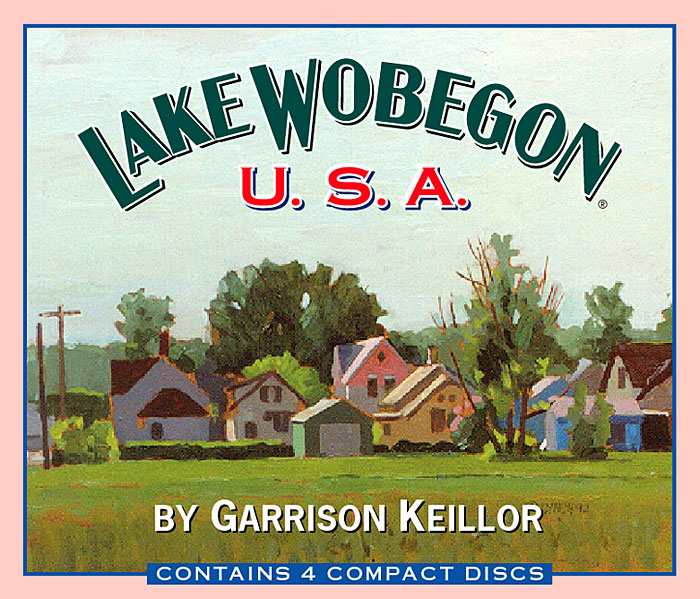
The long awaited Teacher Effectiveness Data from the 2014-2015 School Year arrived last week with remarkably little fanfare. It has been seven years since teacher evaluation bill SB-191 was passed. Who would have guessed that that there were fewer than 5 ineffective principals in all of Colorado or that most school districts had zero ineffective teachers in 2014-15? The Colorado educator core seems to reflect the kids of Lake Wobegon (“all are above average”).
SB-191 intended to ensure every classroom in the state was led by an effective teacher. The bill created several mechanisms to get that result. One was to differentiate teachers that were having the largest impact on student learning. Another was mutual consent– the idea that no teacher should be forced to teach in a school or grade level without the agreement of both the principal of the building and the teacher. This was a huge problem in Denver for teachers and kids alike for many decades, and SB-191 has made a positive impact in this area.
It remains unclear whether 191 is living up to the original ideals as far as having objective measures for teacher effectiveness while providing more differentiated support for teachers. Making sense of the teacher effectiveness data is tough work given that different districts use different evaluation systems. Even the comparability within districts across schools is challenging.
The data also raise questions about the impact of the evaluation system on students. Why doesn’t effective teaching translate into student outcomes? For example, Aurora Central High School, one of the lowest performing high schools in Colorado, had 100% effective or highly effective teachers in 2014-15, not much different than in 2009 when the school was struggling just as much as today.
This latest release of state data might help us answer where teachers are evaluated more rigorously. And might identify where there are truly distinguished teachers (35% of teachers were rated highly effective, a lower number than in pre-2009 for most districts), or those who are ineffective (0.1% of teachers), not much different from pre-2009. Statewide, it is worth looking at the difference in the teacher effectiveness data by different school types by quality and student demographics. There was a massive gap between the percent of effective teachers (92%) in schools that serve primarily white students versus 82% effective teachers in schools serving primarily students of color.
| District | % Teachers Rated Ineffective | % Teachers Rated Effective and Highly Effective | % Teachers Rated Highly Effective | Percent of 3rd grade students meeting grade level standards in English Language Arts (CMAS PARCC 2016) | Average ACT Composite Score- Students eligible for Free or Reduced Price Lunch (2016) |
| Colorado (Total) | 0.09% | 88.38% | 34.74% | 37.4% | 17.6 |
| Adams 14 | n<5 | 87.37% | 21.84% | 13.8% | 16.1 |
| Aurora | n<5 | 80.76% | 31.95% | 18.6% | 16.6 |
| Denver | 0.16% | 66.3% | 10.86% | 32.0% | 17 |
| Harrison 2 | 0% | 83.7% | 28.03% | 36.6% | 18.3 |
| Montezuma-Cortez | 0% | 81.6% | 42.4% | 20.3% | 16.6 |
| Pueblo 60 | 0% | 94.28% | 33.45% | 29.7% | 17 |
What does this say about the teacher evaluations in these districts and Colorado? Who is having success and what are they doing differently? We think this merits a much closer look given the hundreds of millions of dollars spent on teacher evaluation and the political blood spilled to get us here.
We think it would be helpful to reflect back on the study, The Widget Effect, and two years of state data to better understand what is working and what should be changed to improve teacher evaluation. Is the current teacher evaluation system delivering what we need to improve teaching and learning in Colorado? We think it is time to call the question and objectively dive into what we know.
[…] which made 50% of teacher evaluations in Colorado based on standardized test ‘growth’ has been a complete bust that has not raised test scores or, ironically, increased the number of tea…. If he is wise, he should distance himself from his ed reform […]